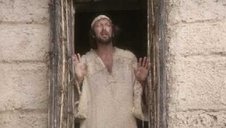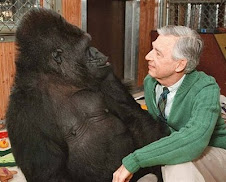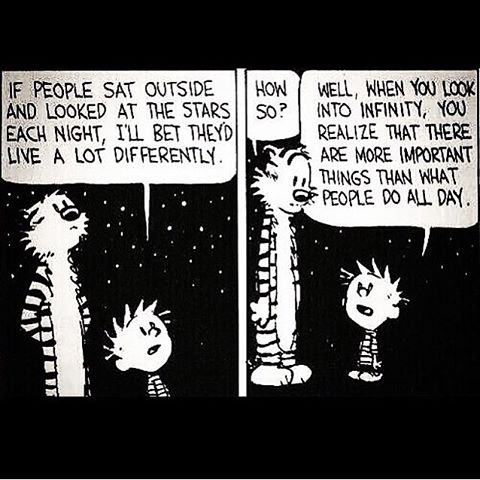I like trees, myself . They're never in my way.The chestnut tree pressed itself against my eyes. Green rust covered it half-way up; the bark, black and swollen, looked like boiled leather... I realized that there was no half-way house between non-existence and this flaunting abundance. If you existed, you had to exist all the way, as far as mouldiness, bloatedness, obscenity were concerned... In the way, the chestnut tree there, opposite me, a little to the left. And I—soft, weak, obscene, digesting, juggling with dismal thoughts—I, too, was In the way.
Simone de Beauvoir played with a problematic bridge metaphor in The Second Sex, attributed to D.H. Lawrence's Lady Chatterley. "The bridge to the future is the phallus." So that's where Bill Clinton got his "bridge to the 21st century" metaphor.
"Thought and action have their roots in the phallus." Now we're really mixing metaphors."Lacking the phallus, woman has no rights." Man, on the other hand, is "polarized upwards, towards the sun and the day's activities." Hmmm.
This is all pretty Freudian, and even metaphysical with its implication that gender relations are forever a struggle for dominance and control. I prefer the implication of bridging as an equal connection of mutual respect. But so did de Beauvoir, of course. That's her larger point: that neither male nor female is by nature supreme or subordinate; inequality is cultivated and imposed. We can decide not to do that. Why don't we, then?
Why? I suspect it's because we're wedded to some bad metaphors, or maybe just a bad interpretation of some neutral ones. We were talking about this yesterday in Environmental Ethics, where most of us are tree-huggers and bridge-builders of a sort.












 Charles Darwin (
Charles Darwin (















No comments:
Post a Comment